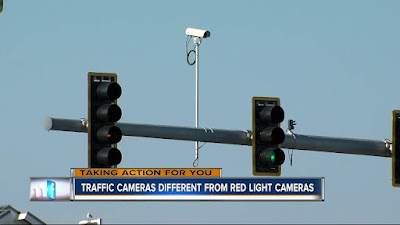Traffic cameras have a wide range of public safety uses including:
1) Traffic flow. Many cities install traffic flow monitoring devices on roadways and busy intersections in order to measure traffic volume and speed at different times of the day, week, month, or year. The videotapes from these cameras can help engineers understand how people are using streets and highways so that more effective design decisions can be made about future development projects in the area.
If there's congestion in an intersection, cities can adjust the timing of traffic signals for that particular intersection to help with traffic flow. If there's congestion in an intersection, police can adjust the timing of traffic signals for that particular intersection to help with traffic flow. This is called adaptive signal control. Cameras are used to monitor traffic flow so that when it's needed, an agent can go into a system and adjust the timing at the appropriate intersections during high-volume periods. This helps keep traffic flowing smoothly and prevents backups from happening at key intersections.
The National Highway Traffic Safety Administration uses these cameras to track traffic patterns and lessen gridlock. Some cities use video feeds from their highway surveillance systems as part of an overall system designed to help motorists navigate through town by making informed decisions about which routes they choose when traveling during different times of day or night.*











